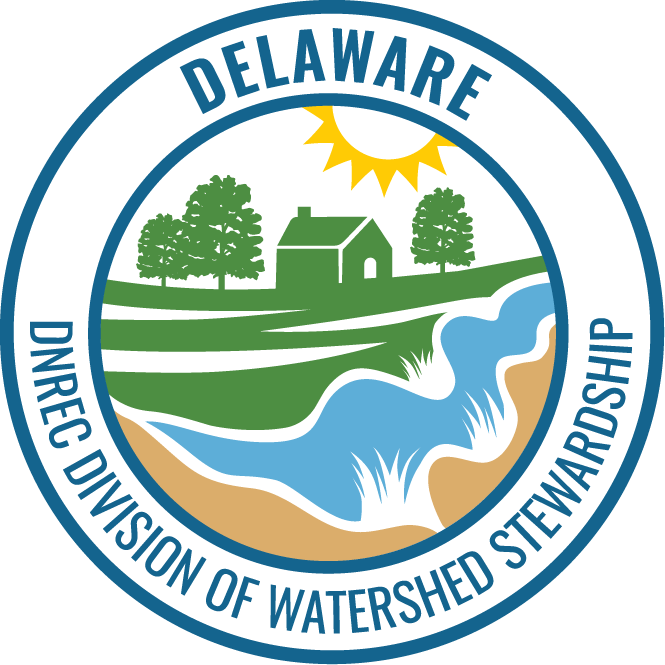
Facebook Twitter Instagram YouTube
Written on: February 27th, 2019 in Education and Outreach
By Brittany Haywood, DNREC’s Wetland Monitoring and Assessment Program Wetlands are a part of our everyday lives. They are in the landscape silently helping to control flood waters, clean our drinking waters and protect us from damaging storms. Knowing what wetlands are, where they are, how they work, and what can and can’t be done […]
Written on: December 3rd, 2018 in Wetland Assessments
By LeeAnn Haaf, Partnership for the Delaware Estuary Sea levels are rising in the Delaware Estuary– we’ve already observed its effects. Over the last couple decades, we have seen dramatic losses of tidal marsh acreage and documented the death of trees bordering those tidal marshes. We know that the last hope for a lot of […]
Written on: May 18th, 2018 in Wetland Assessments
By Tom McKenna, University of Delaware Delaware Geological Survey Working in tidal wetlands, we all know to watch the tide both for safety, sampling, and science reasons. But what do we really know about how tidal wetlands are inundated? The dynamics of the ebbing and flooding tide in deep (> 1 meter) tidal channels is […]
Written on: September 19th, 2017 in Wetland Assessments
By Kari St.Laurent, DNREC’s Delaware National Estuarine Research Reserve Wetlands are more than just a beautiful photo opportunity. If you are a reader of this blog, you are probably aware that tidal wetlands can protect shorelines from storm surge, reduce nutrients, and provide habitat for critters like shellfish, crabs, and fish. These benefits are collectively […]
Written on: December 9th, 2016 in Wetland Animals
By Kari St.Laurent, DNREC’s Delaware National Estuarine Research Reserve Fiddler crabs are one of the most iconic critters in the salt marsh. Male fiddler crabs have an unmistakable single large claw, paired with a tiny claw, which is used to court female fiddler crabs. But did you know that crabs start their life as microscopic […]
Written on: December 9th, 2016 in Education and Outreach
By Mary Rivera and Debra Forest, DNREC’s Division of Fish and Wildlife Aquatic Resources Education Center The quiet of a peaceful morning in the Woodland Beach saltmarsh is interrupted by a flock of 60 lively fifth grade students. Squeals of delight emanate from several of the children at the fish station where they get a […]
Written on: May 30th, 2016 in Wetland Animals
By Maggie Pletta, DNREC’s Delaware National Estuarine Research Reserve The Delaware Bay is home to the largest population of horseshoe crabs in the world, which is just one of the many reasons the Delaware Bay is so special. The horseshoe crab has been around since before the dinosaurs and is an important animal to the […]
Written on: October 23rd, 2015 in Living Shorelines
A “Living Shoreline” is a method of bank stabilization that reinforces the shoreline to protect coastal properties from erosion, while also restoring and enhancing fish, wildlife water quality and wetland habitat. Unlike bulkheads and stone riprap, living shorelines use natural materials to maintain existing connections between the shoreline and aquatic areas. A number of living shoreline materials and […]
Written on: October 23rd, 2015 in Living Shorelines
A “Living Shoreline” is a method of bank stabilization that reinforces the shoreline to protect coastal properties from erosion, while also restoring and enhancing fish and wildlife habitat. Unlike bulkheads and revetments, living shorelines use natural materials to maintain existing connections between the shoreline and aquatic areas. A number of living shoreline materials and tactics […]